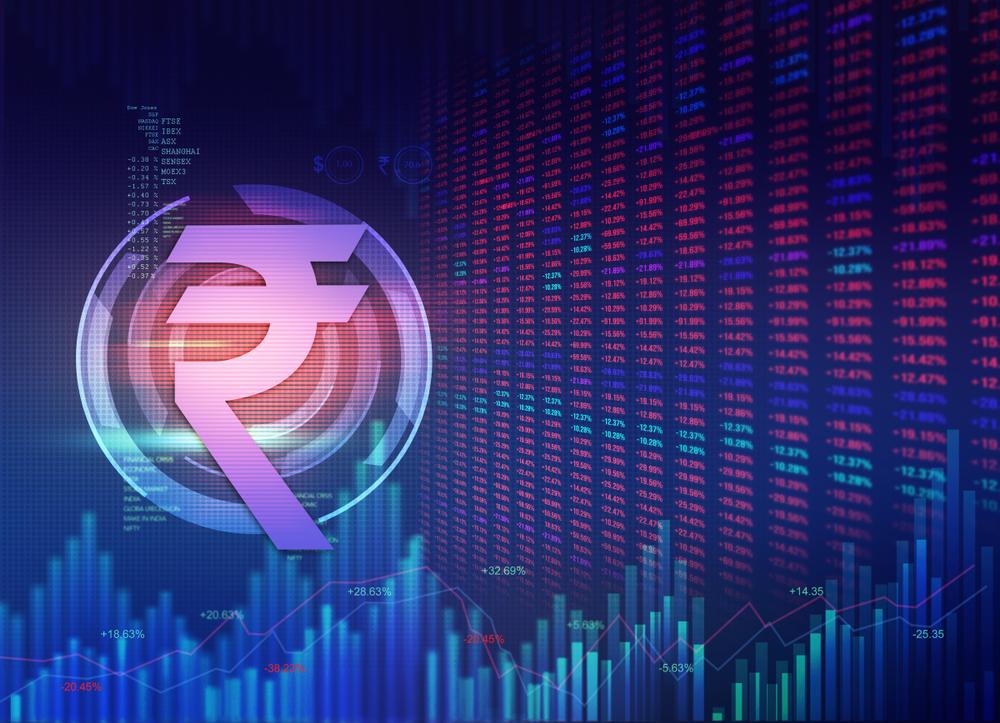
Quantitative Easing by central banks and fiscal measures by governments have injected huge amount of liquidity in the financial system. Part of this new money flowed into stocks pushing up stock prices. In India, the rally has been heavily supported by retail investors whose numbers have been exploding during the last several months. During the 2008 collapse, retail investors were heavily impacted due to their higher exposure in mid, small and micro caps, and long period of consolidation in world equity markets. 2020 is witnessing a positive change in the investment pattern of retail investors. Their knowledge of investment appears to be improving. We can easily presume that majority of the retail investors were not impacted much this time due to higher exposure in quality stocks, mutual funds and low degree of leverage. Monetary and fiscal measures have boosted the trust of investors and they are investing more. This trend is expected to continue at least in the near-term unless we come across undesirable increase in risk if Covid continues in 2021.
Sustainability…
The sustainability of this trend could be an issue as the Indian market is among the most valued in the world today, followed by US and Japan. This may be due to high double-digit growth expected in FY22 for which a lot may be already factored in.
Q1FY21 earnings for Nifty 50 were expected to degrow by 38% (based on our Bloomberg data analysis) due to Covid-19 lockdown leading to subsequent economic standstill. Most sectors apart from pharma and financials were expected to see de-growth in earnings. So far, 44 companies have announced their results and the net profit has de-grown by 52% against expectation of 33%. They are worse than expected but the outlook has improved with better guidance. All the BSFI companies of Nifty 50 have announced their earnings and their net profits have grown by 13% against in-line expectation of 11%. The sector is emerging as a dark horse with attractive valuation. Technology sector has posted marginal fall of 5%, in line with expectations, backed by better business forecast, cost control measures and large deal wins. The Consumer and FMCG sectors saw 13% decline in net profits, better than 20% decline expected. Other than staples, demand continues to be weak and improvement is expected from H2FY21 onwards.
Currently market is trading ahead of fundamentals
The world equity market is up by around 50% in five months from the 52-week lows. They are just a few fractions behind the pre-Covid level. India is no exception. This rally was initiated by US market with high outperformance which is now underperforming. This is a normal tendency of the best to perform first and then consolidate.
Based on valuation terms, currently the market is above the pre-Covid level. S&P 500 is at 22x P/E on 12-month forward basis compared to 18x. And Nifty 50 one-year forward P/E is at 21x, which is higher than 18.5x before Covid. It may be high due to low actual earning of FY20 and lack of growth in FY21. This may also be due to performance of few sets of stocks with high weightage. Still, on historical valuation basis, we are in the bubble region and it is advisable to be cautious and invest in safe categories and sectors.
The market may be tested in the near-term…
Status quo policy decision of the US Fed to stick with zero interest rate for an extended period of time as required, worst US Q2 GDP data (-32.9% annually) and weak unemployment data, show the sad situation of the economy. Q3 GDP is expected to be better then Q2 but resurgence in virus cases in the world is impacting business sentiments and sustainability of the rally. India unlock 3.0 failed to enthuse the market, due to increase in virus cases on a daily basis and local lockdowns.
And currently we are witnessing the second wave of weaker Q1 results, all-time high valuations, increased local lockdown, upside in US-China trade war and volatility of global market and currencies. This momentum may be tested in the coming months due to reasons like regulatory change in margin funding in August, second set of Q1 results for which forecast is very weak, all-time high valuations, aggravation of US-China trade war and high volatility noticed in global currency markets, recently. The catalyst for growth in economy has subsided due to global disruption while the market is up led by a few IT enabled companies, expectation of re-opening of the economy and financial support. India VIX subsided to 24x, which is a three-month low. Rally in world gold prices to all-time high and collapse in dollar index (DXY) to two-year low is a sign of increase in risk in the coming months. It is advisable to be careful and trade cautiously. Safe segments will be Gold, AAA/Government bonds, Pharma, IT and FMCG.
Banks are a good value buy now
YTD, Nifty 50 is down by 6% while Nifty Bank is down by 31%. The key factor for the financial sector to underperform so hugely is due to the sector being already under tremendous pressure of NPAs and low credit growth from legacy issues, shadow banking and slowdown in economy. Initially, it was forecasted that gross NPAs of scheduled commercial banks would fall to 10% by Sept 2020. But now this view has completely changed, since the sector is not able to move out of the legacy issues and the pandemic has impacted the quality of assets along with fall in credit and economic growth. Continued on page 16…
Continued from page 7…
The key question is whether these issues are factored in the banks’ stock prices. Nifty Bank index, which is a set of best 12 banks, is valued at ~1.5x on a one-year forward P/B, after touching seven-year low of 1.1x. We feel, accumulation is the best strategy for bank stocks. For equity market to perform well, a lot will depend on the performance of the banking sector, which is the main nervous system of the economy and market, accounting for more than 1/3rd of India’s total M cap.
Currently, banks are focusing more on collections than credit growth and raising capital for safety to aid future growth. Valuation-wise banks are at comfortable levels. So on a long-term perspective they are good for accumulation. Once the ongoing financial issues are corrected, banking sector will be a key beneficiary in the economy and it will start to outperform the market. They are underperforming today and will continue to do so in the near-term. A cap in moratorium will be positive for banks leading to increase in credit growth, though NPAs may increase in the near-term since economy is working at low production and servicing of loans will be an issue.









